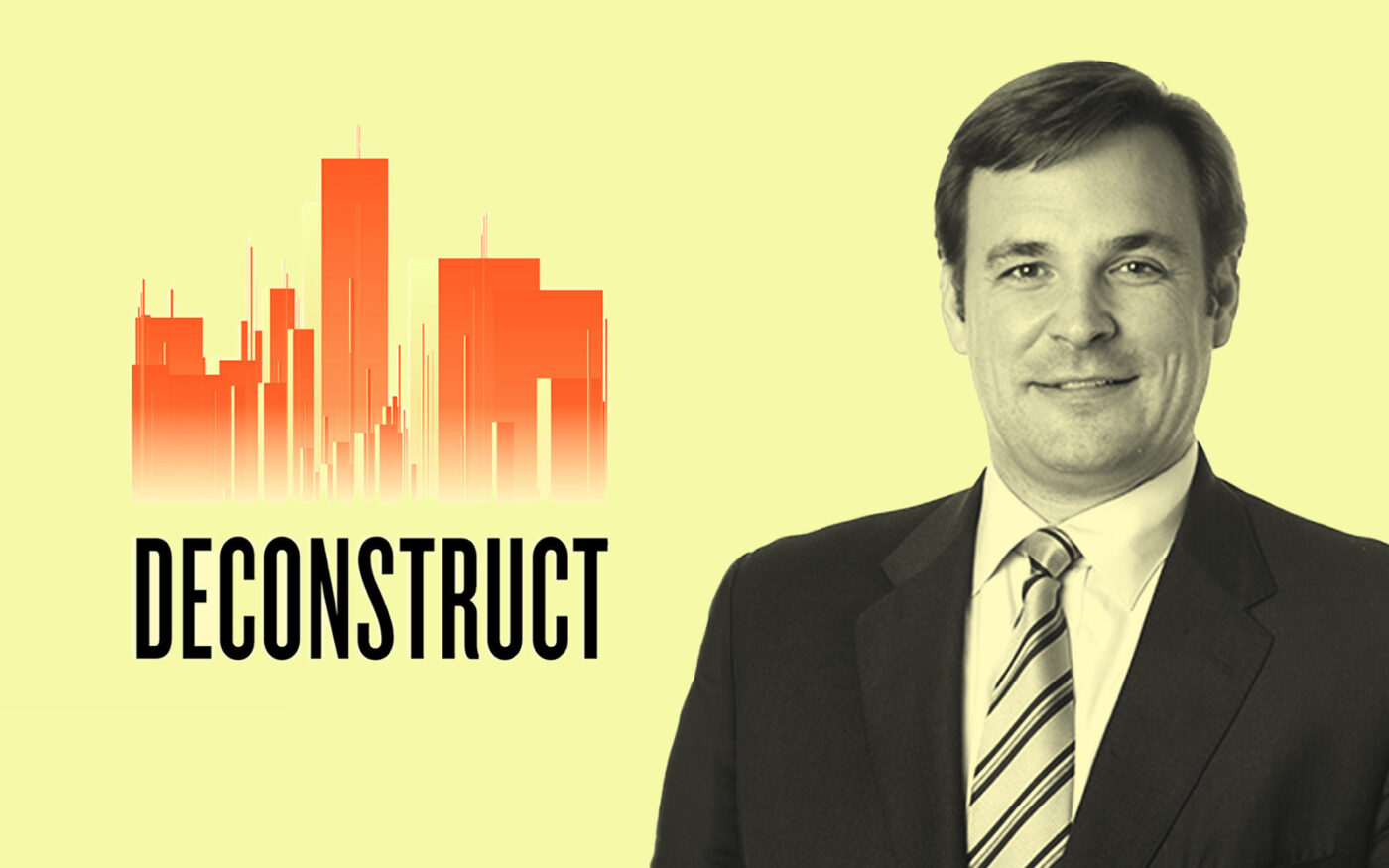The term “CLO” can conjure up dark memories of the Great Financial Crisis, when another financial acronym wreaked havoc on America’s economy.
The CRE CLO, or commercial real estate collateralized loan obligation, is a successor — not a typo — of the CDO. It’s supposed to be a new and improved debt tool, and one that differs from another real estate acronym, CMBS.
The Real Deal’s Deconstruct podcast sat down with Stewart McQueen, an attorney and CLO expert at Dechert, to break down the CLO and explain its importance in the real estate world, especially the multifamily sector.
First, what is a CLO? A collateralized loan obligation is a debt instrument that allows lenders to get financing for commercial real estate loans.
“It’s effectively a leverage tool for, primarily, non-bank lenders,” McQueen said. Those non-bank lenders include firms like Arbor Realty Trust, LoanCore Capital, Rialto Capital, and Ares Management.
The lender sells CLO bonds to investors, who are then paid back as the borrower pays off the debt. From the surface, they share some similarities with CMBS, or even a CDO. But there are some key differences, including the kind of assets they support.
CLOs are typically designed for transitional properties, those that might need some work, McQueen said. CMBS loans, on the other hand, typically back more stable properties.
Meanwhile, CDOs were typically made from “subordinate assets,” McQueen added, as banks looked to soften risk by pooling huge piles of risky assets.
But, there’s also a big difference between how lenders use these tools.
“The folks who originate the loans that go into CMBS deals are looking to get the exposures off their balance sheet. They use the CMBS vehicle to do that,” McQueen said. “CRE CLOs, on the other hand, are primarily used by bridge lenders who are looking to, for lack of a better phrase, finance their balance sheet, finance their assets.”
The CLO has been around for more than a decade, and really started to gain ground in 2018. But CLO issuance boomed in 2021, when a new crop of multifamily investors, many of them syndicators who lacked access to institutional money, realized the debt tool was perfect for them.
Lenders issued $30 billion of CRE CLO debt in 2021, and $24 billion of that debt went to multifamily investors.
There’s also a difference in the relationship between a CLO lender and borrower, a difference that’s driven largely by the transitional nature of the attached properties.
“They’re assets where the borrowers and the managers and the CLO are in constant communication, constant dialogue, in order to make sure that the loan remains performing,” McQueen said. It can also make them more willing to grant loan modifications.
Today, many of those multifamily properties are in trouble, thanks to rising rates on their floating rate debt and issues getting the transition to the finish line. But the increase in troubled debt highlights an important difference between CLOs and CDOs.
CLOs are typically structured so the lender becomes a junior partner in the investment. If the assets that back the debt get in trouble, they are the last to get paid. The structure incentivizes lenders to ensure the investments run smoothly and that investors get paid.
Unfortunately, many CLO-backed multifamily properties are not on smooth ground today, and borrowers are facing foreclosure across their portfolios. One major syndicator, GVA, has defaulted on $600 million in debt.
Still, there are ways for lenders to protect investors in such situations. CLO lenders can replace troubled debt in their CLO pool if it’s in default or at imminent risk of default. They do this by buying out the debt in favor of investors.
So far, most of these CLO lenders have been able to adequately stave off trouble stemming from defaults. Others have been less successful. One GVA lender, Ready Capital, paused interest payments to some investors following the defaults.
With a multi-billion dollar wall of CLO maturities due to hit this year, some lenders and junior CLO investors could be at risk.
